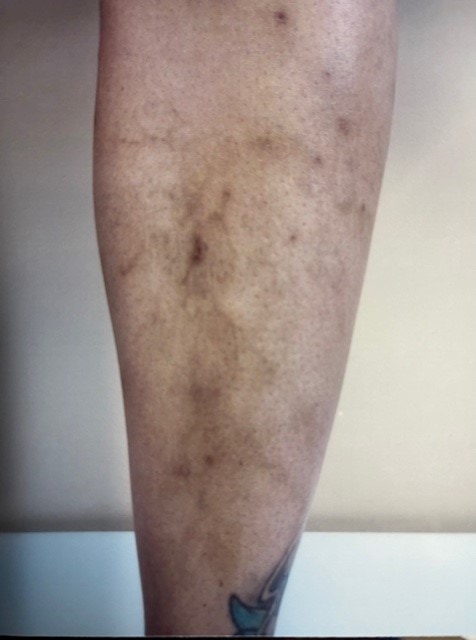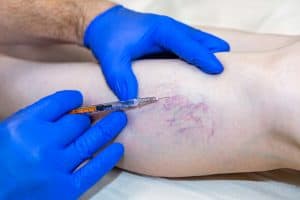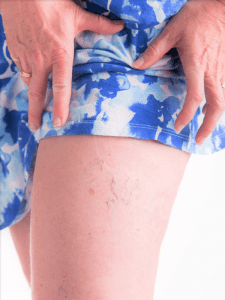Fortunately, there are some treatments for varicose veins that can reduce the symptoms. Compression therapy can be effective in reducing the appearance of veins and improving blood flow. Compression stockings and socks are worn to increase blood circulation to the affected areas and may also be effective for reducing the symptoms of varicose veins. Below are several of the methods of compression therapy available. If you suspect that your condition may be caused by an improper blood flow pattern, consult with a healthcare provider for a consultation.
A doctor will examine your legs to determine if you have varicose veins. If you’re experiencing any of these symptoms, your doctor may order an ultrasound to assess blood flow in the vein. Ultrasound uses high-frequency sound waves to help you see the veins’ internal structures. Your doctor will also perform a venogram to determine how well the blood is flowing through your veins. X-rays can be used to see the blood flow in your veins.
The most common varicose vein treatment involves surgery. This procedure is most effective for larger varicose veins. The doctor will make a small incision in the leg and place a probe that emits radiofrequency energy. This heats the vein walls and seals them shut. Your varicose veins will be smaller than their original size after surgery. This option is not right for everyone. The doctor must determine the severity and location of your varicose veins before recommending a treatment plan.
Compression stockings and compression socks are two treatments for varicose veins. Both are designed to increase circulation in the legs and reduce swelling. Compression stockings and socks can be purchased at medical supply stores or drugstores. Another option is invasive surgery. If you’re worried that your varicose veins may be causing you discomfort or even the appearance of a visible defect, consider consulting with a healthcare provider.
If your leg veins have become enlarged, they may be the cause of symptoms such as heavy legs and muscle cramps. They may also be accompanied by itching, tingling, aching, and pain. Some people may even have ulcers or skin discoloration. The symptoms are most common when you’re sitting or standing for prolonged periods. Often, treatment is not necessary. Further tests are needed to confirm if you have varicose veins.
Varicose veins can be painful and cause skin ulcers. Compression socks and elevating your legs can help relieve the pain and discomfort associated with the condition. Patients may be able to reduce their symptoms on their own by elevating their legs and wearing compression socks. However, if you have deep vein thrombosis, it may lead to serious complications such as pulmonary embolism. To avoid developing a clot, you should visit a healthcare professional who specializes in treating varicose veins.
Pregnancy and obesity are among the leading causes of varicose veins. Prolonged standing or sitting increases the pressure on the vein walls. Additionally, hormonal treatment can make these veins worse. Obesity puts additional pressure on the veins, increasing their size. Being overweight and obese increases the risk of varicose veins, but the good news is that these symptoms will usually resolve themselves after delivery. But it’s not always this simple.










